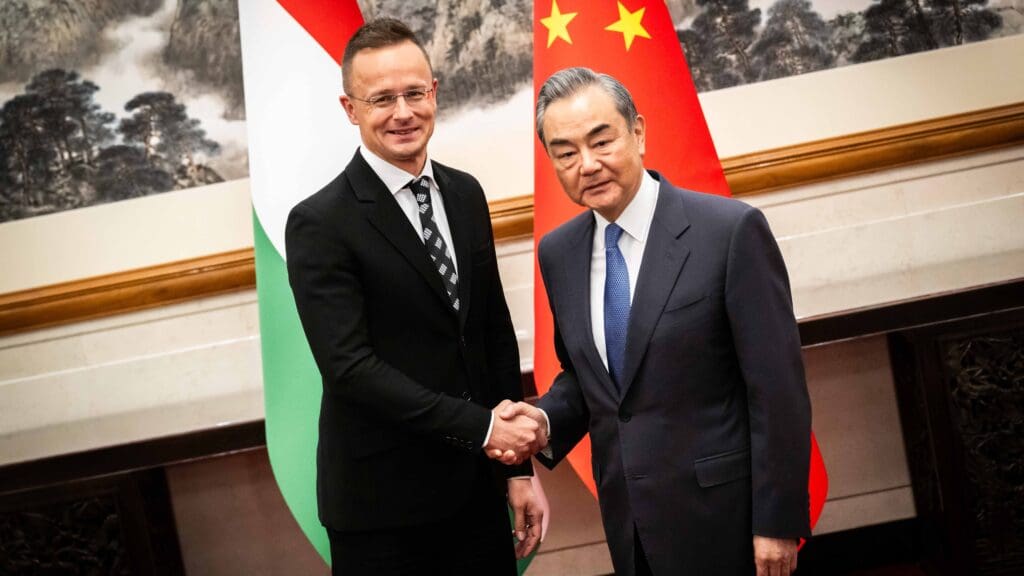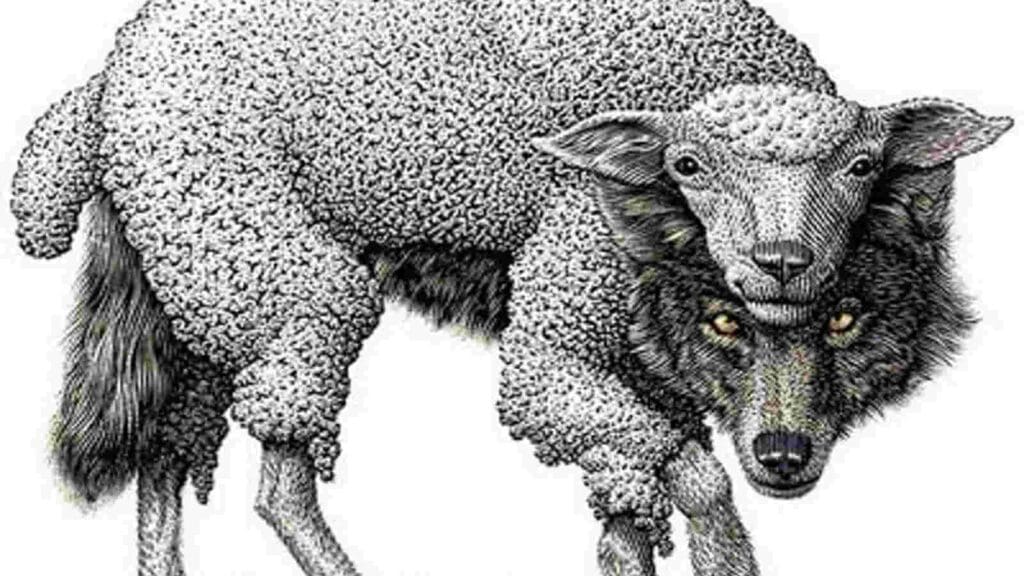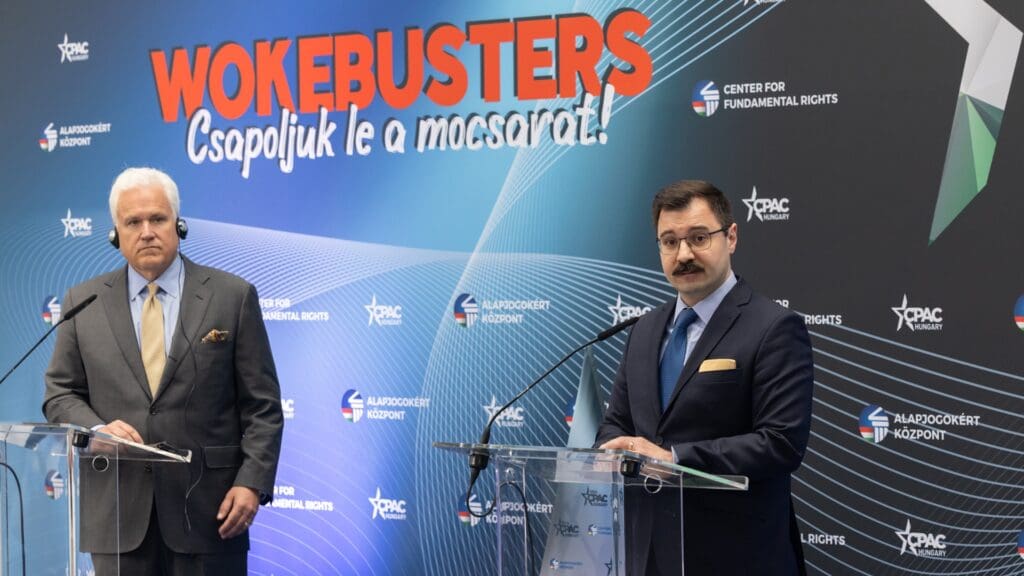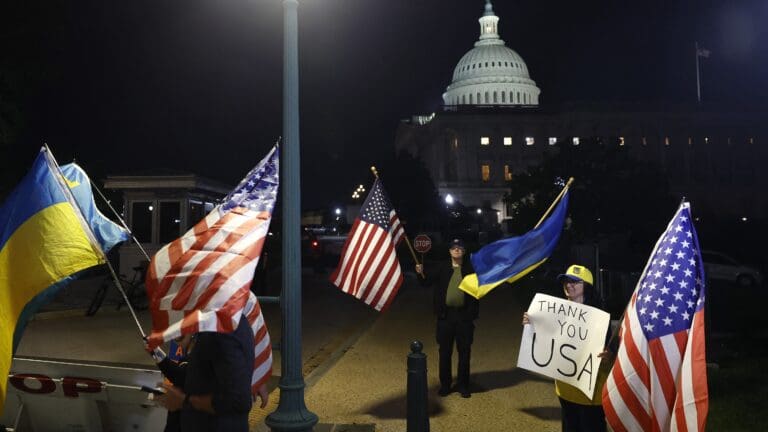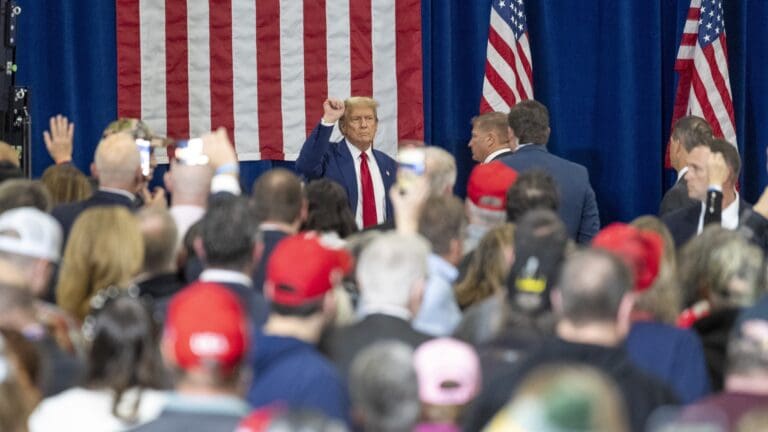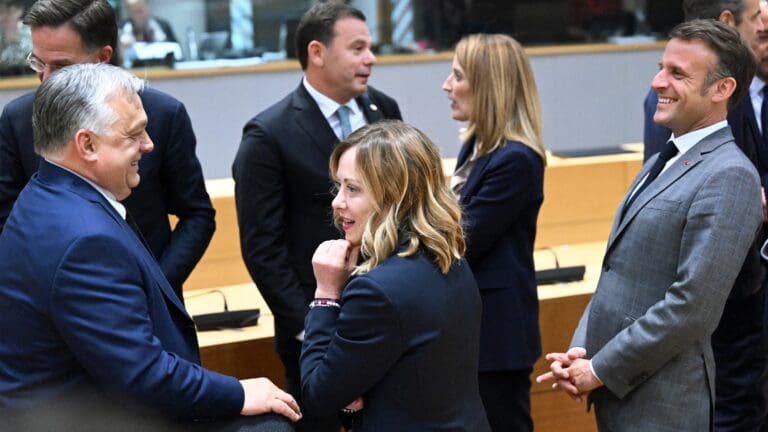In 1991, Czechoslovakia, Hungary, and Poland declared their mutual commitment towards multilateral cooperation by signing the Visegrad Declaration. The name of the declaration, just as the group’s name itself, echoes shared historical roots and cultural traditions of the funding countries, symbolized by the Visegrad royal convention held between Bohemia, Hungary, and Poland in 1335.
Nearly at the first half of its history, the political raison d‘etre of the Visegrad Cooperation was the “return to Europe” phenomenon; however, the gained memberships at the Western structures (NATO and EU) brought a renewal in the objectives and image of the Group, which became more diversified and more controversial. After the realization of its initial assimilation efforts, the V4 image became much more focused on preserving its own identity within the Euro-Atlantic community.
the V4 collaboration has continuously emphasized the shared interests of the member states while it consistently keeps avoiding institutionalization. From a brand-building point of view, this kind of intentional flexibility results in the lack of fundamentally defining a consistent, all-encompassing group-level message. As a result, building a coherent V4 image can only become successful in particular policy directions and/or on specific topics in line with declared overlapping interests of the Group members.
Since the second half of its history,
In the context of the EU foreign policy, the V4 act as an excellent role model for the Eastern Partnership (EaP), promoting its own know-how of the European integration; however, in case of other EU policies, such as migration, the sharp criticism of the mainstream EU opinions produced a “toxic” image of the Visegrad Collaboration.
Areas of more consistent and successful image-building
belong to the fields of soft power, highlighting the value of common cultural heritage and touristic attractiveness of the Visegrad Group countries. Since 2002, the national tourist organizations have joined to promote the V4 region to overseas visitors. They created a brand-building project called “European Quartet – One Melody” to attract potential overseas tourists. The 2011-2012 Czech Presidency Programme with the motto of “Innovative Visegrad” envisages a specific action plan to enhance tourist attractiveness of the Visegrad Four. The programme calls for joint coordination of the activities of national tourism headquarters and missions in order to increase the effectiveness of campaigns in ‘traditional (Russia, USA, China, Japan) and new prospective destinations (e.g., India, Brazil, the Gulf Countries, Australia, Taiwan)’. [i]
During the Hungarian presidency between 2017 and 2018, one of the priority objectives was the continuation of the strengthening of the V4 tourism brand and adaptation to new trends in tourism.
The only institutionalized form of cooperation between the V4 is the International Visegrad Fund, which— in the broadest sense—represents an umbrella organization for image building. The IVF contributes to the development of the V4 as a key cultural brand in the CEE region by funding scholarships and other educational programmes providing financial support to studies in external and internal perception and self-reflective publications, organizing various V4-themed conferences, and supporting the development of Visegrad image elements, such as the logo and the flag.
From a brand building perspective, the main question remains open: how can the Group create a consistent image of its own for the international community without an institutionalized and all-encompassing internal cooperation. The 2020/2021 Polish Presidency Program outlines the importance of strengthening an innovative and competitive V4 image, which can be a tool for the acceleration of the post pandemic “back-on-track” process.


